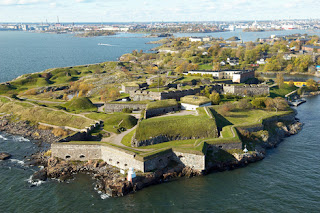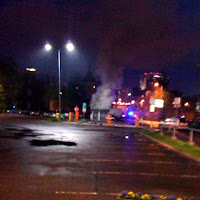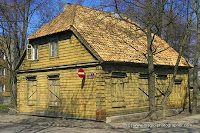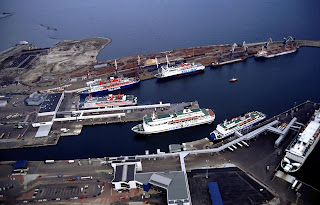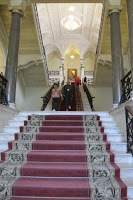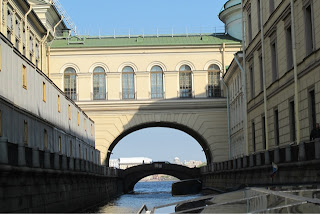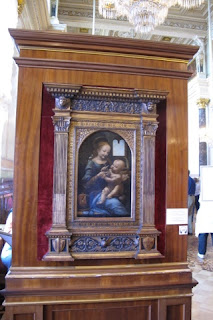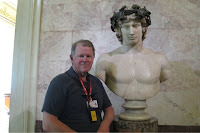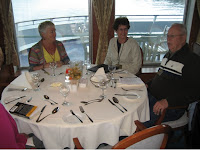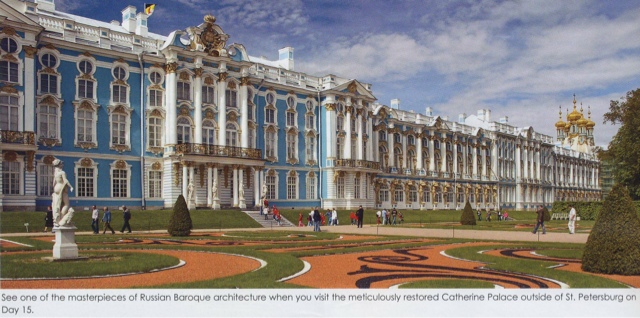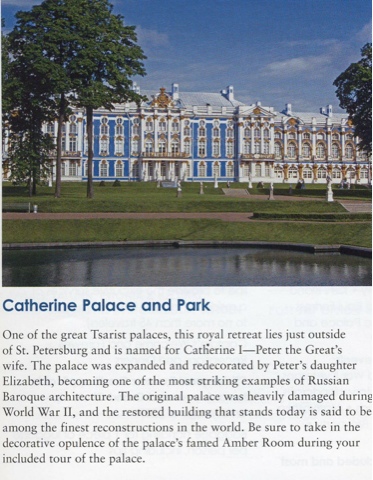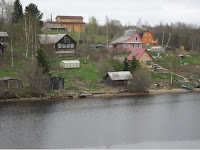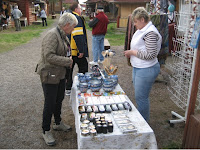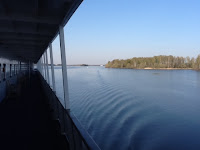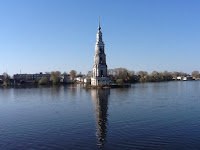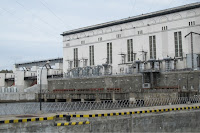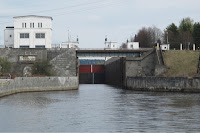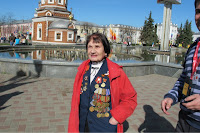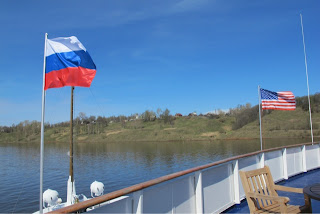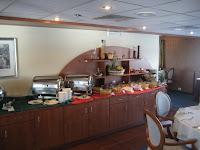The Estonia-Finland trip extension officially ended Tuesday evening with guests departing for the airport early Wednesday morning. We booked an extra day so we could see a bit more of the country, outside of Helsinki.
Our Monday guide suggested a trip to the historic coastal town of
Porvoo, 30 miles east of Helsinki. The plan was to take a classic boat, the
J. L. Runeberg, out to Porvoo and a bus back. We could see the beautiful island studded coast from the boat and the Finnish countryside from the bus. It seemed like a good idea but didn’t quite turn out as planned.
The morning wind and rain did not deter us. The Runeberg brochure indicated the boat had four salons or cabin areas. Rain? No problem.
We purchased our tickets and boarded a very busy boat. As we explored the boat, looking for a protected seat, we discovered a new Finnish word on little gold cards in every salon.—RESERVED! It seemed all the inside salons were reserved for tour groups. I later discovered the boat can carry 200 passengers but has room for only 78 in its “salons.”
I suspect the boat, launched the same year as the Titanic, might have been designed by the same guy. In the Titanic case lifeboats were provided for only some of the passengers. In our case, inside space was provided for only some of the passengers.
Had we fully understood the situation before casting off, we might have canceled. But, once at sea, we were out of options. It was interesting how quickly the salon dwellers protected their spaces from intruders. We could have been dripping wet and frozen and I don’t believe we would have been granted entry.
On a warm sunny day it would have been no problem. There was storm swept seating on the bow and on a sundeck, topsides. Covered seating was available on the port and starboard sides, against the cabin. But the wind was so aggressive those seats were wet as well. Some of the other “salonless” passengers huddled on stools or the floor in the narrow passageway to the coffer bar, below deck by the engine room. Of course they couldn’t see anything but at least they were dry.
We and a family of four finally made the best of a bad situation and claimed two benches along the centerline on the back deck. The wind still whistled through but most of the rain couldn’t quite reach us. We appropriated some blankets from down below and, wrapped like mummies, were able to ward off hypothermia during the three hour ride.
So, how did we feel about the trip? It was a great way to see a beautiful coast that is laced with hundreds of small islands. But frankly we felt cheated. It was like buying a bus ticket and being put on the roof. The frustrating thing was that we had many more layers of clothing sitting in our hotel room but had no reason to believe we would need them.
As for Porvoo, it was a charming place with a wonderful “old town.” I would recommend it, rain or shine. And the bus back did give us a taste of the country. As for the boat ride, caveat emptor.
 Can travel to three advanced countries, Russia, Estonia and Finland really be called an adventure? We certainly weren’t “roughing it” unless you count three days on a Russian river without internet access. But, in my view, any trip that involves air travel is an adventure. Security hassles, delayed planes and lost luggage all loom as travel hazards. A tip of the hat goes to Delta Airlines. Our flights were good, schedules worked, staff smiled and luggage arrived. Life was good.
Can travel to three advanced countries, Russia, Estonia and Finland really be called an adventure? We certainly weren’t “roughing it” unless you count three days on a Russian river without internet access. But, in my view, any trip that involves air travel is an adventure. Security hassles, delayed planes and lost luggage all loom as travel hazards. A tip of the hat goes to Delta Airlines. Our flights were good, schedules worked, staff smiled and luggage arrived. Life was good.
